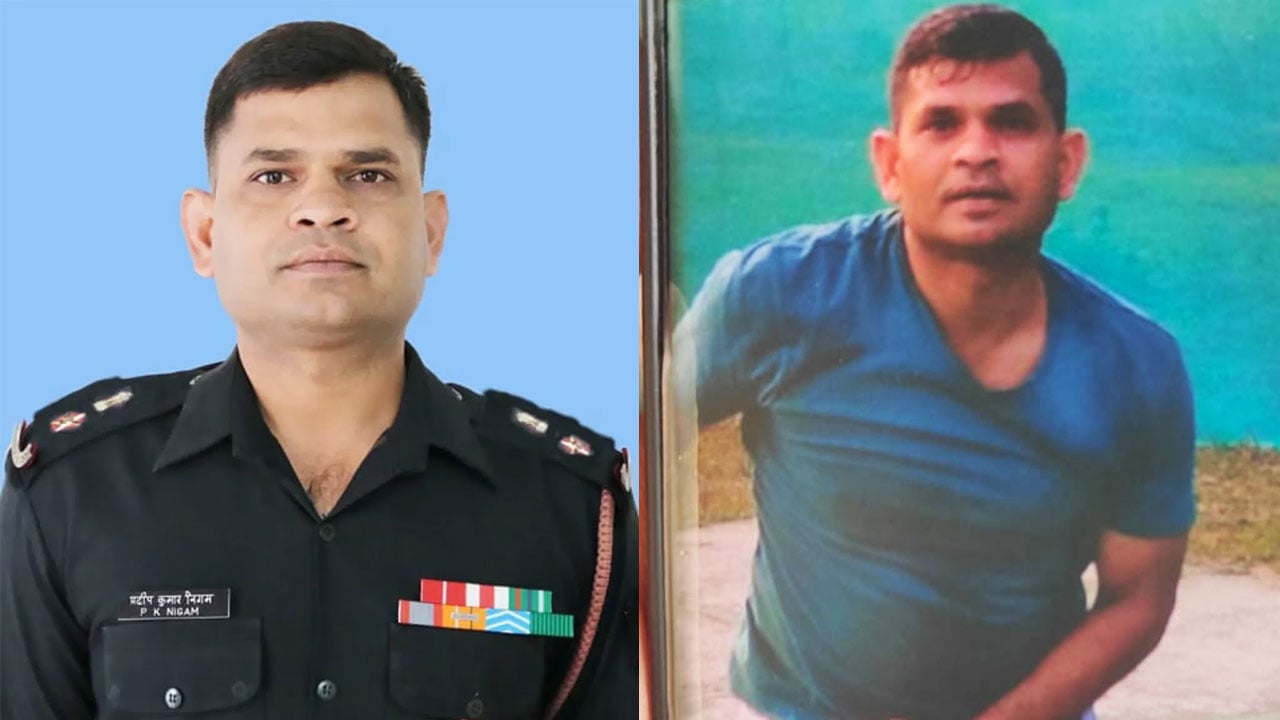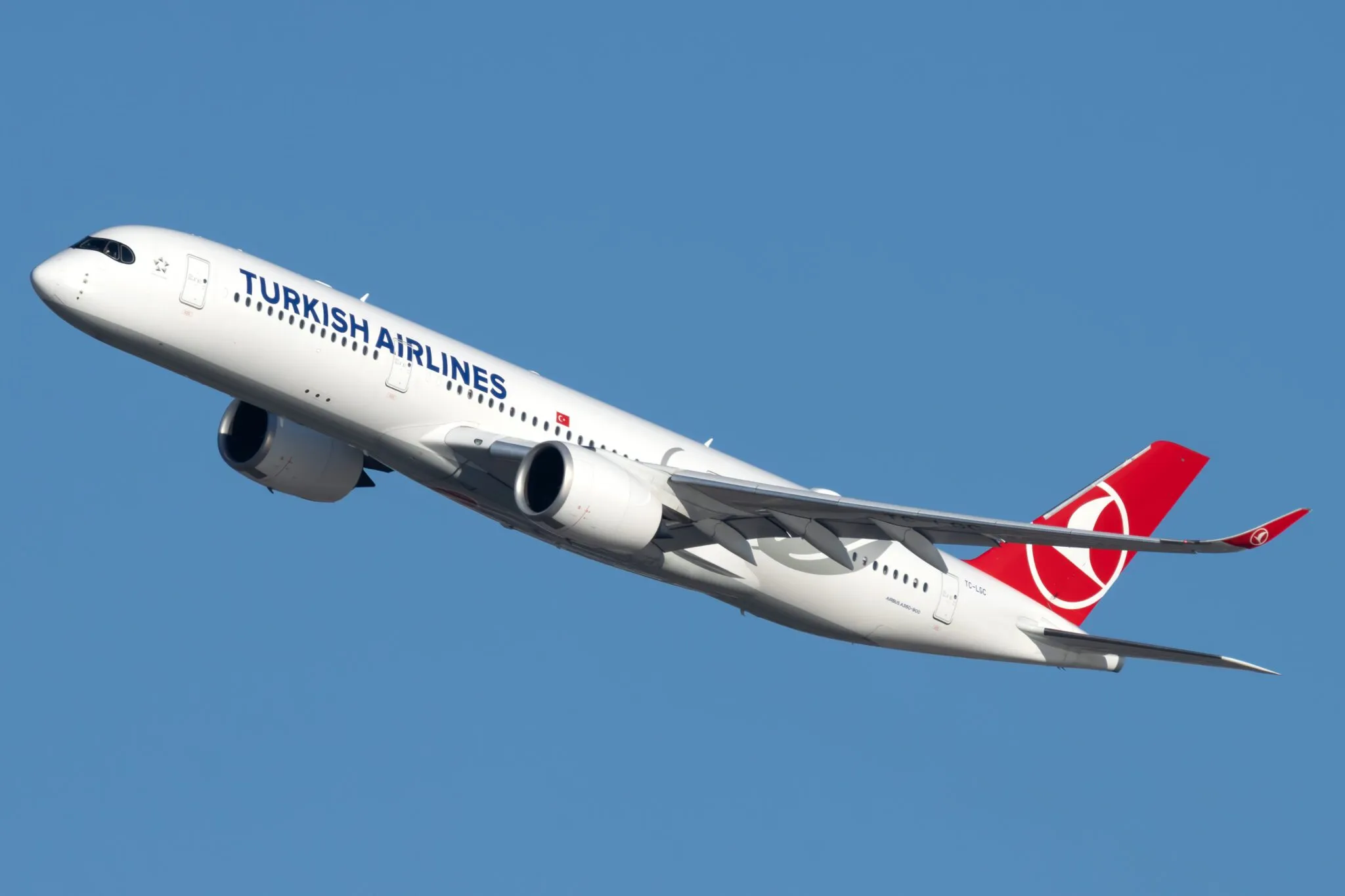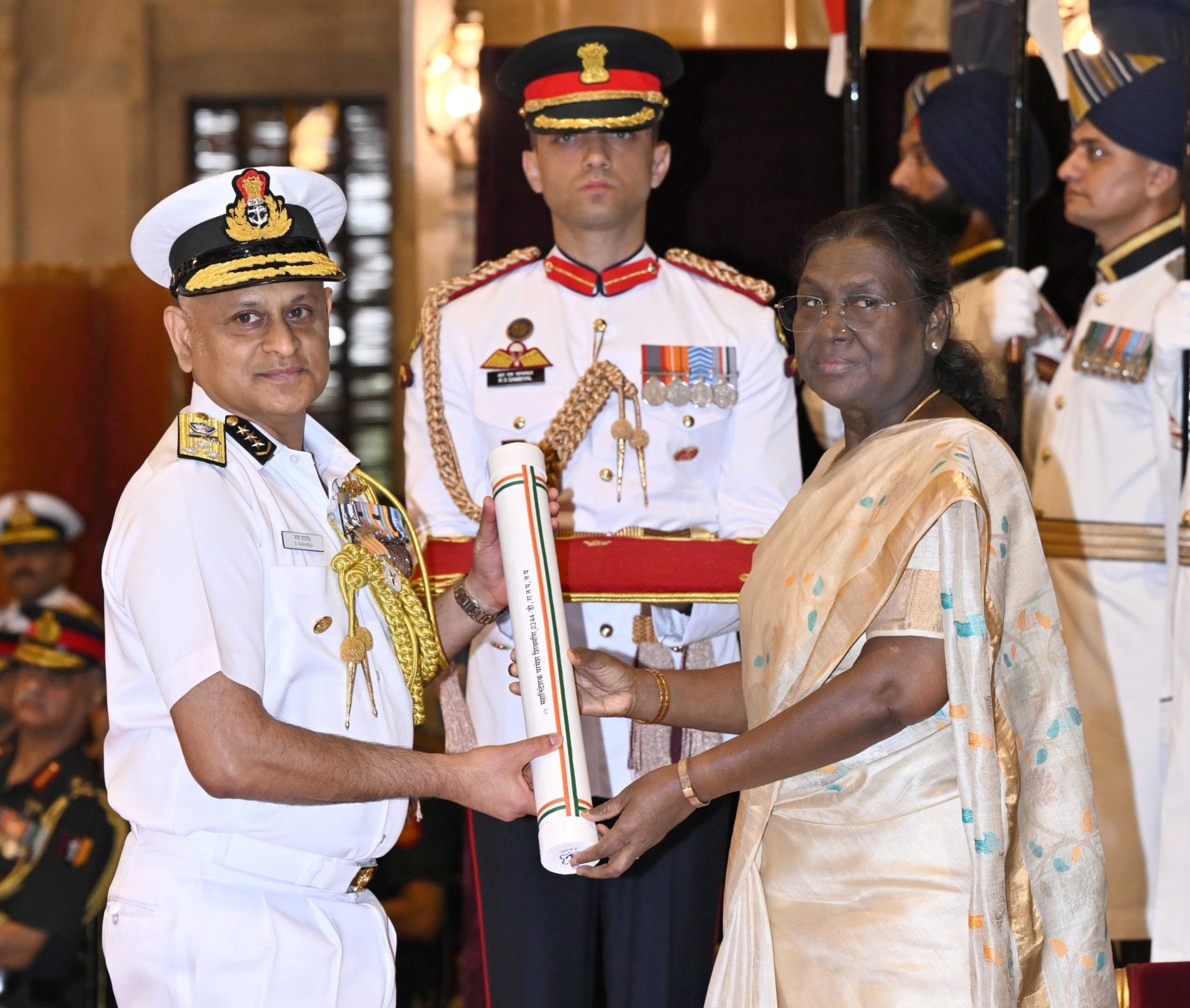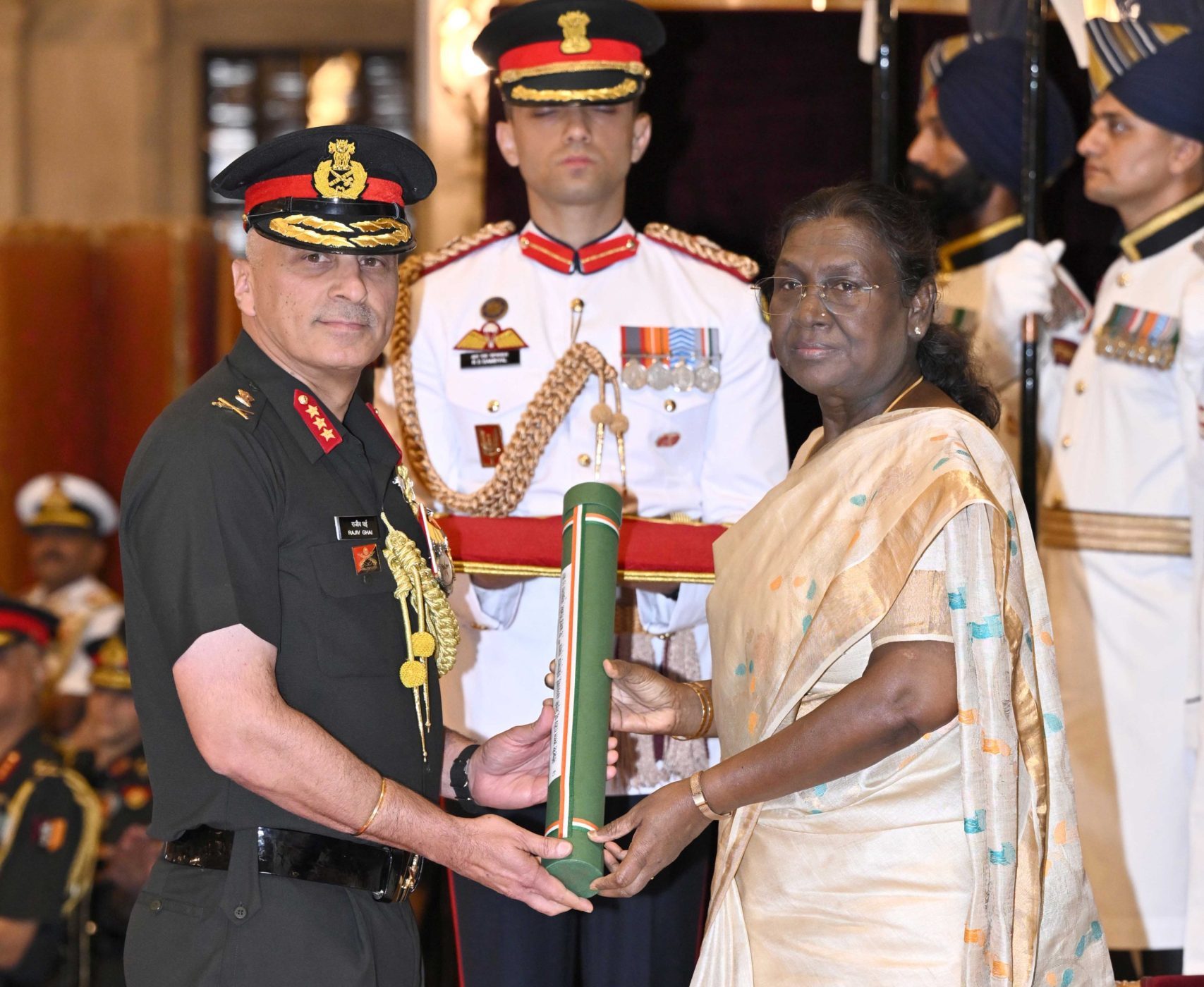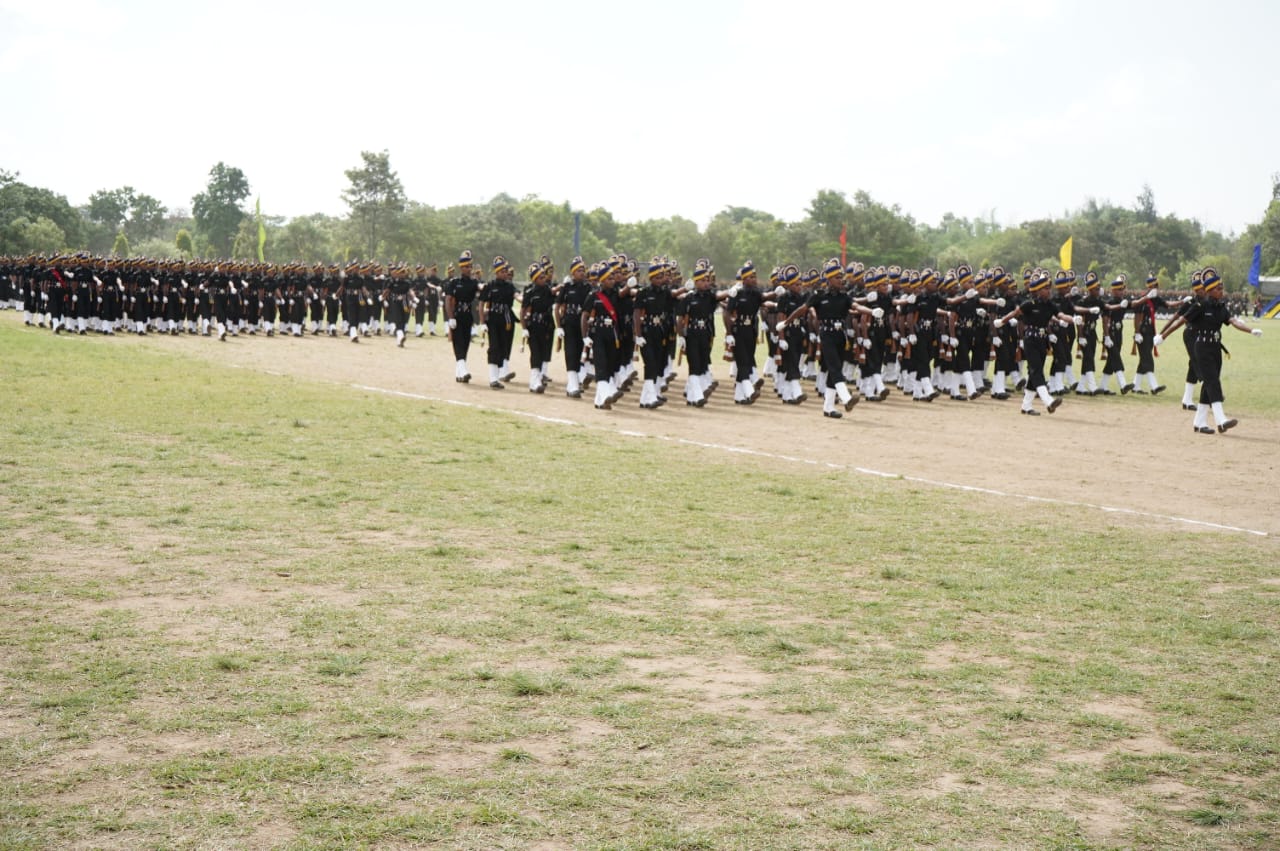BSF Jawan Tied to Tree by Bangladeshi Villagers, Released After Flag Meeting
A Border Security Force (BSF) jawan stationed at the India-Bangladesh border in West Bengal’s Malda district was briefly held captive…
Lt Colonel Pradeep Nigam Goes Missing from Sagar Army Camp in Madhya Pradesh
A Lieutenant Colonel of the Indian Army, identified as Pradeep Nigam, has gone missing from the army campus in Madhya…
DGCA Flags Safety Violations by Turkish Airlines Amid India-Turkey Tensions, Orders Immediate Compliance
In the backdrop of escalating diplomatic tensions between India and Turkey following Operation Sindoor, the Directorate General of Civil Aviation…
DG of ICG Paramesh Sivamani Awarded Ati Vishisht Seva Medal for Distinguished Service
Director General Paramesh Sivamani of the Indian Coast Guard has been conferred the Ati Vishisht Seva Medal (AVSM) in 2025…
President Droupadi Murmu Awards Uttam Yudh Seva Medal to DGMO Lt Gen Rajiv Ghai
In a solemn and prestigious ceremony held in the national capital, President Droupadi Murmu conferred the Uttam Yudh Seva Medal…
1,363 Agniveers Pass Out from ASC Centre & College
The Indian Army celebrated a proud moment today as 1,363 Agniveers from the fifth batch of ASC Centre (North) successfully…


